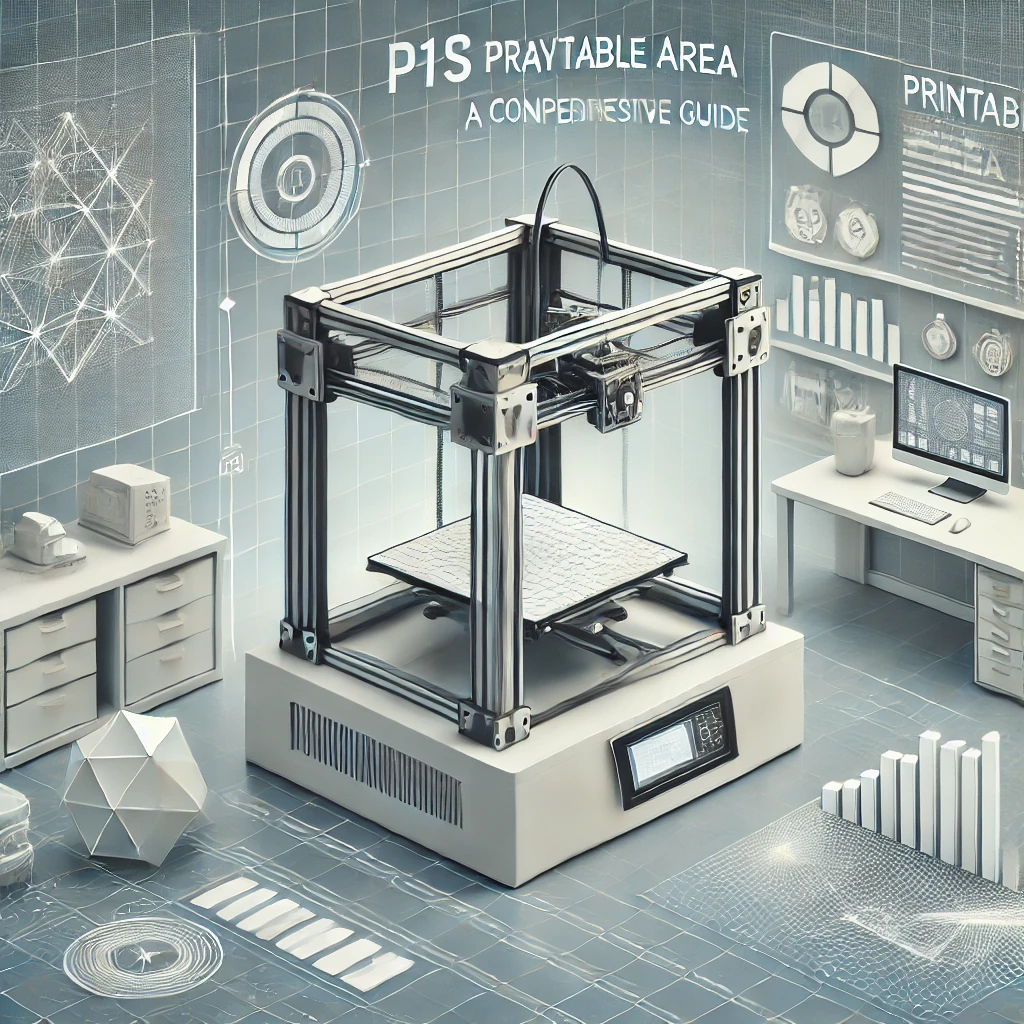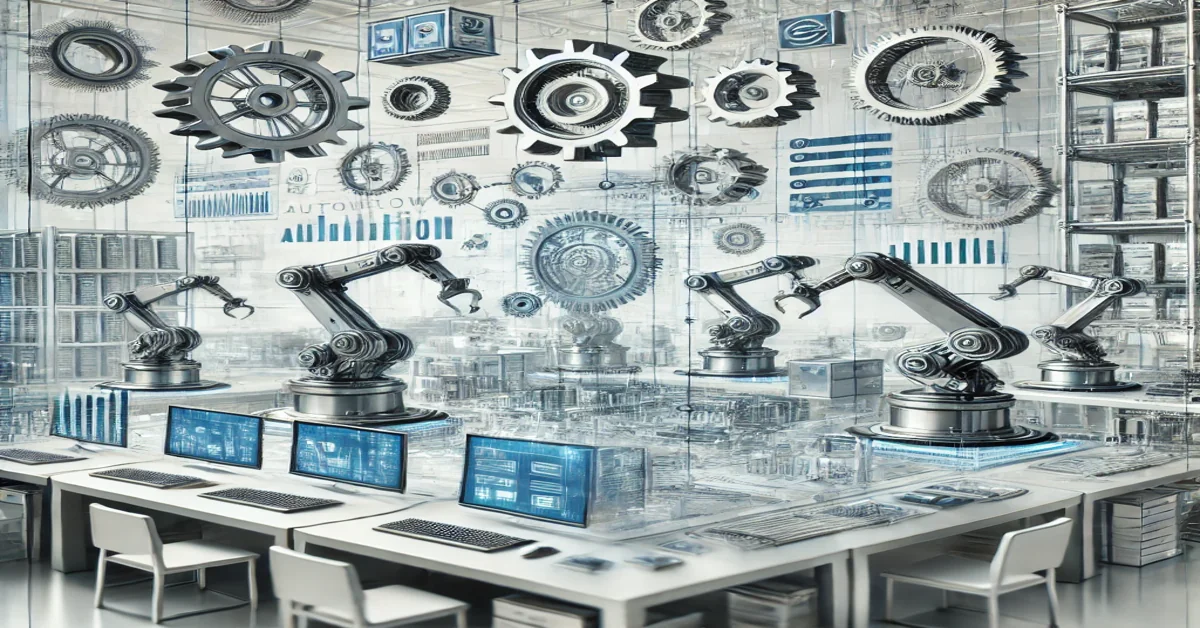The concept of “printable area” plays a crucial role in the world of printing and design, especially in industrial applications such as 3D printing. For professionals using advanced 3D printers like the P1S, understanding the concept of printable area is essential to achieve optimal results. In this article, we will delve deep into the intricacies of P1S printable area, exploring its significance, constraints, optimization methods, and how it impacts various industries. By the end, you will have a thorough understanding of how to work with printable areas in P1S systems and how to maximize efficiency and output quality.
1. Introduction to Printable Area
The term “printable area” refers to the maximum dimensions within which a printer can create a physical object. This area is dictated by the build volume of the printer, which essentially refers to the physical space the printer can utilize to print objects. For 3D printers, this means the maximum height, width, and depth within which the print head can operate.
In the case of P1S printers, understanding the limitations and capabilities of the printable area is critical for optimizing the production of 3D models. The P1S series of printers are known for their precision and reliability, and by effectively utilizing their printable area, users can ensure that their prints are accurate and efficiently produced.
2. Overview of P1S Printers
P1S printers are high-performance 3D printing devices designed for both professional and industrial applications. These printers boast advanced technology, which allows them to print with a wide range of materials, from plastics to metals. The hallmark of P1S printers is their ability to create highly detailed and complex designs with minimal errors. These features make them ideal for industries like healthcare, aerospace, automotive, and more.
P1S printers are equipped with a significant build volume, giving users the flexibility to print larger objects or multiple smaller objects simultaneously. However, within this build volume lies the printable area, which can vary depending on the specific model of the P1S printer. Understanding this distinction helps users maximize their printing capabilities.
3. Understanding the Importance of Printable Area
The printable area is critical because it defines the size and complexity of the object you can produce. If you are working on a large-scale project, such as a car part or a prototype for a medical device, you need to know whether your printer’s printable area is sufficient for your design. Additionally, optimizing how you use the printable area can save time, materials, and energy.
When dealing with 3D printing, every millimeter of the printable area counts. Overlooking the printable area’s constraints can result in failed prints, wasted resources, and added costs. For professionals using P1S printers, understanding how to fully utilize the printable area is the key to efficiency.
4. Factors Affecting Printable Area in P1S Printers
Several factors influence the printable area in P1S printers, and understanding these elements helps users optimize their print settings.
4.1 Build Volume
Build volume refers to the total physical space that the printer’s mechanism can cover. The larger the build volume, the bigger the printable area. However, this doesn’t mean that the entire build volume is usable. There may be portions of the build area that are inaccessible due to the machine’s mechanical structure or movement limitations.
4.2 Margins and Calibration
When setting up a 3D print, users must account for margins. Margins ensure that the print head has room to move without interfering with the printed object or causing deformation. These margins typically reduce the printable area slightly. In P1S printers, precise calibration helps minimize these margins while ensuring that the print head doesn’t accidentally collide with the object being printed.
4.3 Mechanical Constraints
Like all mechanical devices, P1S printers have physical constraints that limit the range of motion of the print head. The positioning of rails, belts, and motors can create dead zones where the printer cannot operate, further reducing the printable area. Understanding these mechanical limitations is important to get the most out of the printer’s capabilities.
5. Optimizing the Printable Area for Different Projects
Optimizing the printable area means adjusting your design and print settings to fully utilize the available space. For example, you can rotate objects within the build volume to fit them more efficiently or break larger designs into smaller parts that can be printed separately and later assembled.
Some strategies for optimizing printable area include:
- Using support structures sparingly: These structures take up space and material. By minimizing the need for supports, you can maximize the printable area.
- Layer height adjustments: By adjusting the layer height, you can print taller objects that take full advantage of the build volume.
- Multiple object arrangements: When printing multiple objects at once, arranging them efficiently on the build plate helps you use the full printable area.
6. Challenges in Maximizing Printable Area
While maximizing the printable area is ideal, it also comes with certain challenges:
- Warpage and shrinkage: When printing larger objects, materials like plastics can warp or shrink, especially at the edges of the printable area. This is often caused by uneven cooling or inadequate bed adhesion.
- Print failures due to size: The larger the object, the more prone it is to failure. Issues like power outages, filament jams, or misalignments can cause large prints to fail midway, wasting time and materials.
- Time constraints: Printing large objects that utilize the full printable area can take a significant amount of time. Users must plan their projects accordingly to avoid bottlenecks in production.
7. Industries Leveraging P1S Printable Area
Several industries take advantage of the large printable area offered by P1S printers to produce complex and detailed parts.
7.1 Automotive Industry
In the automotive industry, P1S printers are used to create prototype parts, custom tools, and even functional car components. The printable area of these printers allows manufacturers to produce full-scale prototypes or parts that would otherwise be too large for traditional manufacturing methods.
7.2 Healthcare and Medical Devices
Healthcare professionals use P1S printers to create everything from prosthetics to surgical tools. The printable area of these printers is large enough to produce life-size models of organs or bones, enabling doctors to practice surgeries or fit prosthetic devices before final production.
7.3 Consumer Goods
The consumer goods sector also benefits from the large printable area of P1S printers. Whether it’s for producing household items, electronics cases, or fashion accessories, the printable area allows for mass production or large custom designs.
7.4 Aerospace Industry
The aerospace industry requires precise, large-scale models for testing and development. P1S printers, with their generous printable area, are ideal for producing prototypes of components such as turbines, wings, and fuselage parts.
8. Tools and Software to Maximize Printable Area
To make the most of the printable area in P1S printers, users can leverage advanced software tools that assist in layout optimization. Software like Cura, Simplify3D, and PrusaSlicer offers features such as:
- Object arrangement tools: These help you place multiple objects within the build volume efficiently.
- Auto-orientation: Automatically rotates objects for the best fit within the printable area.
- Print simulation: Simulates the print to detect any potential issues with margins or dead zones before starting the print.
9. Innovations in Printable Area Technology
The future of 3D printing includes innovations in how printable areas are managed and utilized. Some recent advancements include:
- Variable build volume: New printers are being developed that can adjust their build volume dynamically, allowing users to expand the printable area as needed.
- Modular build plates: Swappable build plates that enable users to remove and add sections to accommodate larger prints.
- Smart nozzle technology: Nozzles that can adapt their size based on the print area, optimizing the use of space for different materials.
10. Conclusion
The printable area is one of the most important aspects to consider when working with P1S printers. By understanding the build volume, margins, and mechanical limitations, users can maximize the efficiency and quality of their prints. Whether in industries like healthcare, automotive, or aerospace, the ability to leverage the full printable area allows for innovation and growth. With advancements in software and hardware, the potential for utilizing the printable area will only continue to grow, opening new doors for creativity and production.
Read: HMN-556: An In-Depth Overview
FAQs
1. What is the P1S printable area?
The P1S printable area refers to the maximum physical space the printer can use to create objects, which is determined by the build volume of the P1S printer model.
2. How can I optimize the P1S printable area?
You can optimize the printable area by arranging objects efficiently, using support structures sparingly, and adjusting layer heights to make full use of the build volume.
3. What are the challenges of maximizing the printable area?
Challenges include warping and shrinking of materials, potential for print failures, and longer print times for larger objects.
4. Which industries benefit from large printable areas in P1S printers?
Industries such as automotive, healthcare, aerospace, and consumer goods use large printable areas to create prototypes, tools, and functional parts.
5. Can software help in maximizing the printable area?
Yes, software tools like Cura, Simplify3D, and PrusaSlicer offer features such as object arrangement, auto-orientation, and print simulation to optimize the printable area.
6. What innovations are being made in printable area technology?
Recent innovations include variable build volumes, modular build plates, and smart nozzle technology that adapts to maximize the printable area for different materials.











